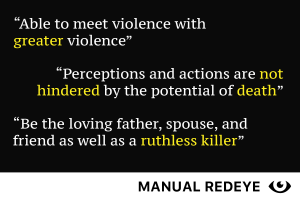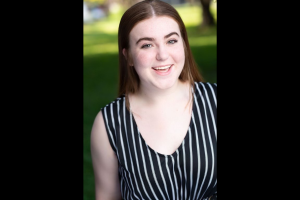What will it take to get back to school?
November 15, 2020
Since JCPS closed seven months ago, the district has been closely following COVID-19 cases in the county and state to figure out the best time to get students back into the classroom.
While Superintendent Marty Pollio laid out a plan at the end of September to send students back to school at the beginning of November, the current state of the virus has changed significantly since then — making in-person learning unsafe.
When this plan was proposed, JCPS was in the orange zone of Governor Beshear’s suggested guidelines, meaning the district had less than 25 cases per 100,000 people, so they could consider sending students back to school. Soon after, however, the district moved to the red zone, which means there are now over 25 cases per 100,000 people; this makes in-person learning not possible at this time. Being in the red zone also puts JCPS sports in jeopardy, leaving fall sports seasons cut short and winter sports up in the air.
With NTI being the reality for now, what exactly will it take to get cases down and guarantee a smooth transition back into the building?
Getting cases down
Before any kind of plan can be implemented, JCPS needs to enter back into the orange zone, which requires cases in Jefferson County to be cut in half; the county is currently at 42.2 cases per 100,000 people and rising.
Jefferson County has a total of 30,598 cases, 440 deaths and 15,659 people recovered as of the week of Nov. 8, all increases from the previous week. As long as cases keep rising, the county will fall deeper into the red zone making a return to school less likely.
In the red zone, the essential staff is only allowed in school buildings, social distancing and masks must be practiced and all district-wide sports and extracurriculars must be suspended.
Reducing students in the building
If in-person school becomes a viable option, JCPS has introduced a plan to the Board of Education that is pending official approval; this includes measures to keep the number of students entering the school at one time as low as possible.
This starts off with sending students back in waves based on grade-level — elementary schoolers first, then 6th and 9th graders and then 7-8 and 10-12 graders.
Attendance is also split up into two groups: “A” and “B.” Group A attends in-person school Monday and Tuesday and attends virtual learning the rest of the week, while group B attends school Thursday and Friday and does virtual learning the rest of the week.
Other measures to reduce student flow include socially-distant classrooms and busing.
Manual recently sent out an email to senior students and parents giving seniors the opportunity to graduate following the conclusion of the first semester; this includes finishing core classes online and fulfilling all graduation requirements by the beginning of January 2021. Given that a return to school prior to winter break is unlikely, this allows seniors to graduate early and reduces the number of students in high school buildings.
Other safety measures
Even if JCPS meets the case requirements for going back to in-person learning, there will be significant safety measures to keep cases from rising.
RedEye outlined JCPS’ safety measures as introduced in the October BoE meeting. Some of these requirements include wearing masks at all times besides eating or drinking, required temperature checks with health isolation rooms for anyone feeling sick and assigned seats for both breakfast and lunch to utilize contact tracing.
What is the consensus?
Based on the rising COVID-19 cases in the district, city and state, along with winter break approaching in the next month, a return to school this semester is highly unlikely; cases would have to be cut in half for JCPS to even consider in-person learning, let alone implement it.
However, in the meantime, the district is getting plans ready ahead of time to ensure a smooth transition back to school when it is safe to do so. The priority, for the time being, is to get cases low enough; this starts with Jefferson County practicing social distancing, wearing a mask and keeping the community safe in hope that in-person learning will be an option in the future.









